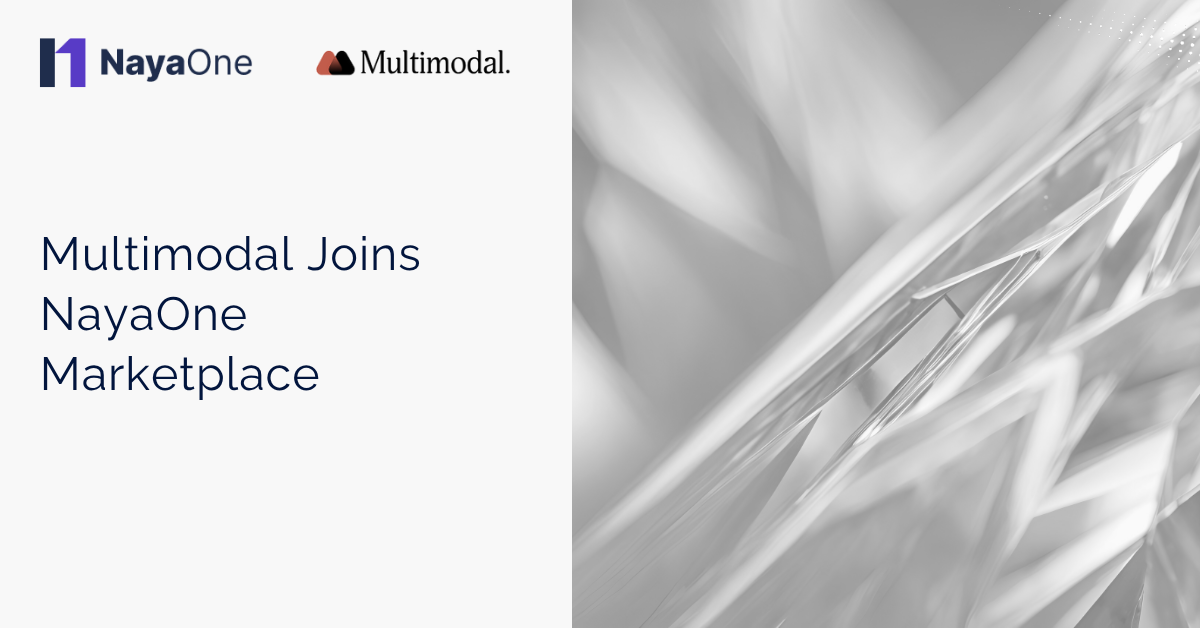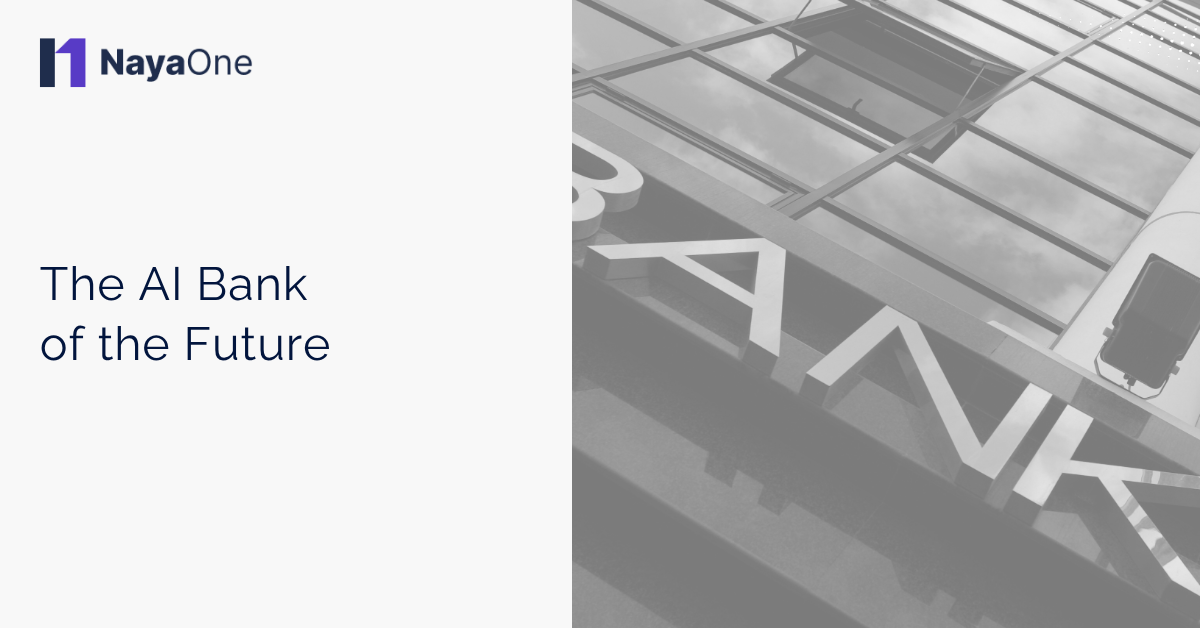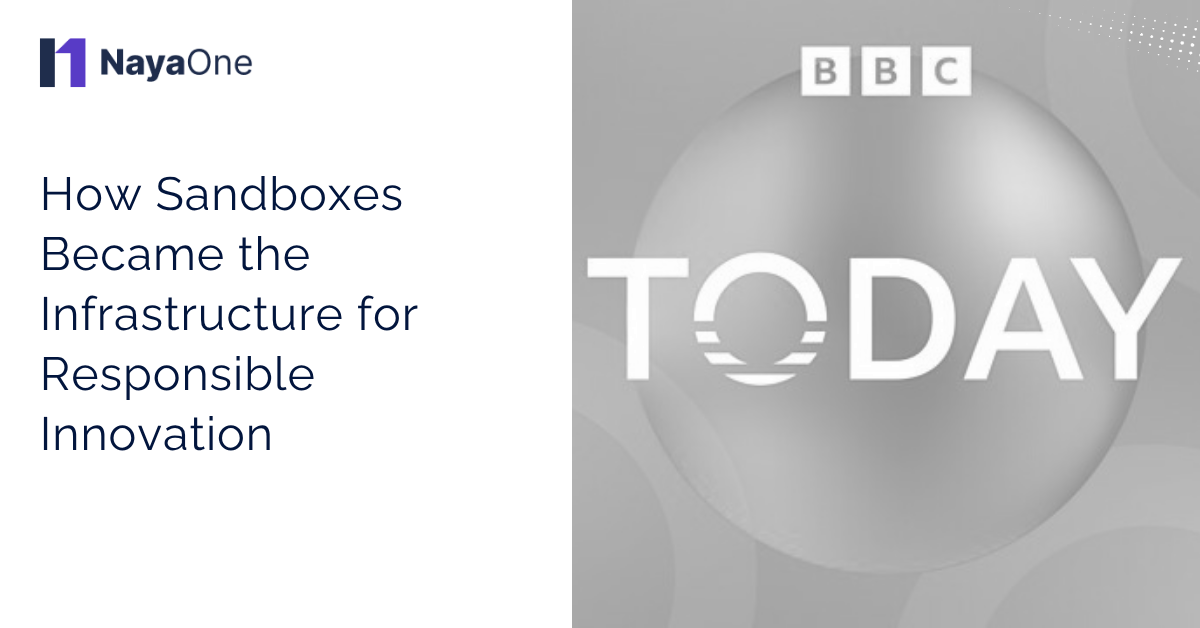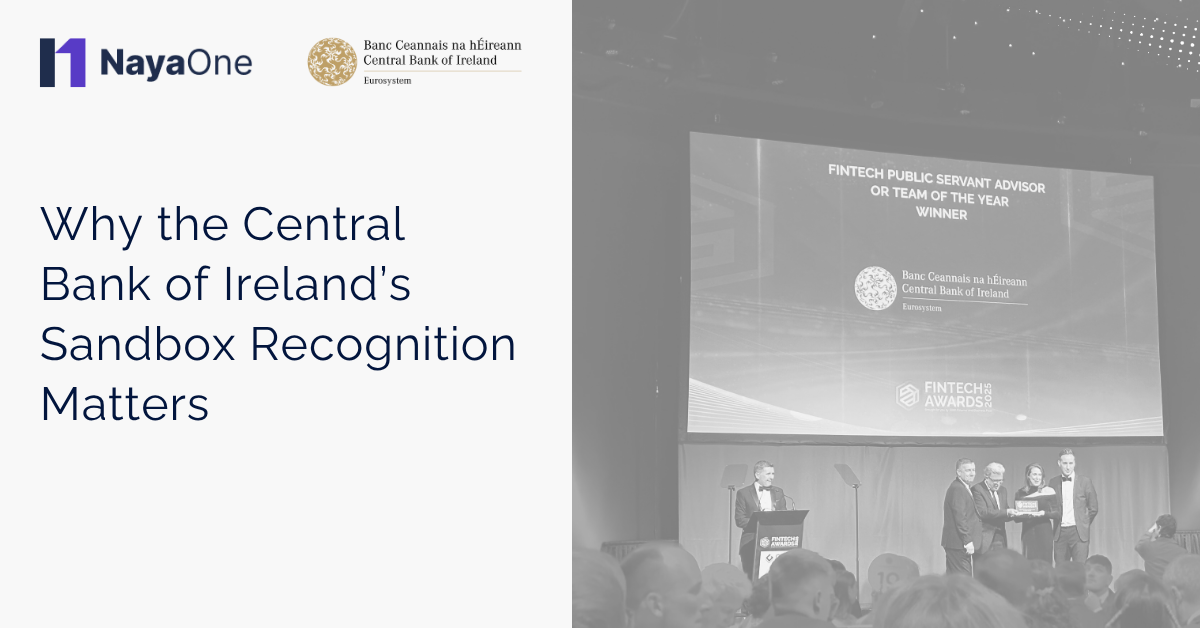The finance industry is buzzing with talk about open ecosystems, APIs, and now, the growing potential of generative AI. But for many institutions, excitement alone isn’t enough. You can’t just plug in an AI model, cross your fingers, and hope for the best. What’s really needed is a safe, collaborative, and creative environment to explore the possibilities.
That’s where a generative AI sandbox comes in. Think of it as a digital playground where banks, fintechs, and regulators can come together to experiment responsibly. It allows teams to explore what generative AI can do, test ideas with real-world data (safely), and learn how to scale solutions without risking compliance or customer trust.
In fact, 63% of financial services firms have moved generative AI use-cases into production, underscoring the urgency to experiment in a controlled way.
As open finance becomes more connected, these sandboxes are proving to be the glue that holds innovation and regulation together. They make it possible to push boundaries without breaking rules, and that balance is what defines the next era of financial innovation.
How does an AI sandbox fit into the open finance landscape?
Open finance is all about breaking down barriers. It’s about connecting banks, fintechs, and other players through shared data and open APIs to deliver better financial services for everyone. But as this ecosystem grows, so do the challenges around testing new technologies safely.
That’s exactly where the generative AI sandbox fits in. It gives innovators a controlled space to experiment with models that generate text, code, or predictions, using synthetic or anonymised data. In an open finance context, that’s a game-changer. You can prototype a new credit scoring model, design a conversational banking assistant, or generate insights for customers, all while staying compliant.
The sandbox also creates a bridge between regulation and creativity. Financial institutions can work with regulators to ensure new solutions meet governance standards long before they’re launched publicly. It’s a win-win: innovation keeps moving, and compliance stays intact.
Why is responsible experimentation essential for financial institutions?
Let’s be honest, the idea of AI writing financial reports or making lending decisions sounds exciting but also a little risky. Generative AI can be unpredictable, and mistakes in finance are rarely small. That’s why responsible experimentation is non-negotiable.
A generative AI sandbox allows financial institutions to test their models in a safe, isolated environment. They can identify bias, check for data leakage, and see how the system responds under different scenarios. This is especially important when dealing with sensitive financial data or customer-facing tools.
Think of it like a crash test for innovation. You wouldn’t put a new car on the road without testing its brakes. Similarly, banks shouldn’t deploy generative AI tools without seeing how they perform in real-world conditions. A sandbox lets them do that safely, while also giving developers the freedom to iterate and improve.
The best part? It encourages collaboration between teams that don’t often work together. Compliance experts, developers, and business leaders can test and refine ideas side by side. That shared understanding builds confidence, not just in the technology, but in the organisation’s ability to innovate responsibly.
What opportunities does a generative AI sandbox unlock for innovation?
If you ask any fintech founder or bank innovation lead what slows them down, you’ll probably hear the same answers: red tape, security reviews, and data restrictions. Sandboxes turn all that on its head. They provide a space where teams can safely explore ideas without waiting months for sign-off.
Inside an AI sandbox, developers can build and test all kinds of creative applications. Imagine a chatbot that crafts personalised financial advice in natural language or a system that generates customer insights from transaction data. You could even build tools that help compliance teams draft reports automatically, cutting hours of manual work.
The beauty of sandboxing is that it speeds up experimentation. Instead of guessing what might work, teams can test directly, get results fast, and make data-driven decisions. That kind of agility is what helps ideas move from whiteboard sketches to working prototypes in a fraction of the time.
It’s not just about speed, though. It’s about smarter innovation. By combining synthetic data, secure APIs, and collaborative testing, sandboxes make it possible to explore the full potential of generative AI while keeping things transparent and accountable.
How can sandboxes strengthen collaboration across the financial ecosystem?
Innovation doesn’t happen in isolation. Some of the most exciting developments in finance come from partnerships between banks, fintechs, regtechs, and data providers. A generative AI sandbox gives all these players a shared space to experiment and co-create.
Let’s say a fintech has a brilliant idea for using generative AI to improve customer onboarding. Instead of building everything from scratch or waiting for integration approval, they can join a sandbox environment where banks, data providers, and regulators are already connected. They can test the solution collaboratively, share results, and refine it based on feedback from multiple perspectives.
Platforms like NayaOne take this idea even further by creating digital ecosystems that connect institutions with cutting-edge technologies. Through a sandbox environment, participants can access tools, APIs, and synthetic datasets in one place, reducing the barriers to collaboration.
This approach not only accelerates innovation but also makes it safer and more scalable. When everyone works together from the start, testing, observing, and learning, the end product is stronger and more compliant. It transforms innovation from a series of disconnected projects into a shared journey across the entire financial ecosystem.
Could AI sandboxes be the key to a more open, trusted financial future?
The financial industry is on the verge of something big. Generative AI is no longer a distant possibility; it’s already reshaping how banks think about customer service, product design, and data analysis. But the real breakthrough isn’t just in the technology. It’s in how we test, refine, and deploy it responsibly.
That’s why the AI sandbox is such a powerful concept. It represents a new way of thinking about innovation: one that values collaboration over competition, learning over perfection, and compliance as a foundation, not a barrier.
As open finance continues to evolve, sandboxes will become central to how institutions experiment and grow. They’ll provide the structure and security needed to push generative AI further, helping teams turn ambitious ideas into tangible results.
In the end, the question isn’t whether financial institutions should explore these environments; it’s how quickly they can embrace them. Because the future of finance won’t just be open. It will be intelligently open and powered by the creativity that only a well-designed sandbox can unlock.






